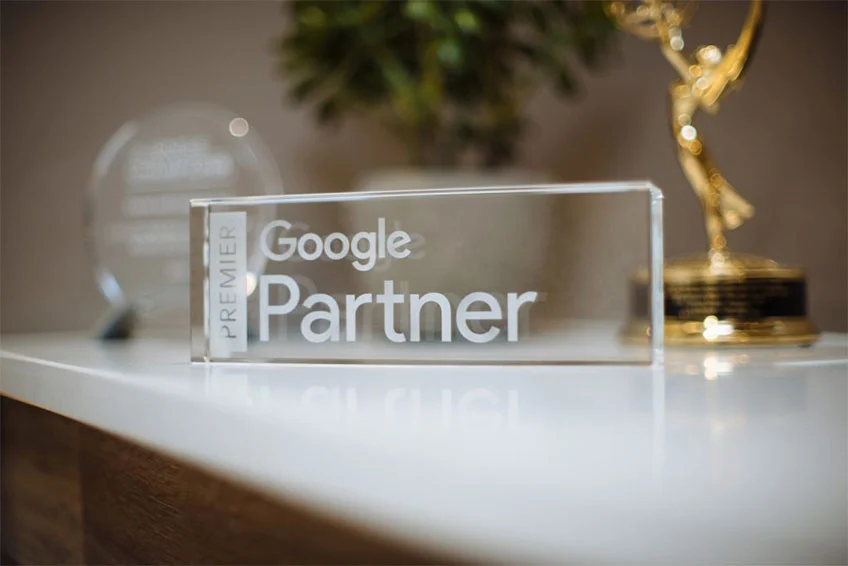In SEO, too many words are unnecessary. At least when it comes to the results of strategic SEO. And that’s because things are simple.
Isn’t that true?
So why does everyone worry?
In SEO, we set specific targets for high-demand keywords, combine them with specific pages, and develop them by essentially offering the ideal answer to the user’s query on Google.
It’s as simple as that. And yet, it’s also complex.
New SEO Client, New Goal
A large accounting firm from Athens asked us to improve their presence on the search engine.
The truth is, they didn’t just need improvement; they needed to build their presence from scratch since they didn’t rank for any keyword except their company name and some random searches.
The business owner wanted to appear on the first page for 20 target keywords, both in Greek and English, to attract multinational companies looking for a partner in Greece.
They had just launched their new website and allowed some time for the promised “SEO” to take effect.
Is that possible?
SEO is a more demanding and exhausting task than building a website itself.
When a graphic designer-programmer charges €2500 for a 60-page website, how can they include the fee for the SEO process, which is long-term and labor-intensive?
SEO is ideally performed before or during the website redesign. If done afterward, structural and technical changes need to be made to align with SEO rules. This means double the effort because being “SEO friendly” is different from being “SEO optimized.”
The misconception in SEO is that what may appear correct to a browser or to us may be wrong according to SEO rules. So a programmer who has designed a website in Format A needs to rebuild it to appear in Format B (which is the same as Format A), simply to comply with SEO rules. It may seem futile, but that’s how it is.
The accounting firm, with 30 years of market presence and 8 years on the internet, had virtually no presence on Google.
According to Google Analytics, they had around 23 visits per day from Google, mostly from searches using their company name.
After our work, the visits increased to approximately 184 per day, thanks to the targeted keywords.
Take a look at the image from the analytics and see how we achieved it below.

Setting Word Targets
The client analyzed the market in which they want to operate and the keywords they want to target based on the clients they are seeking.
It is a large accounting firm that aims to approach major clients, not just individuals for their tax returns.
For this reason, it was necessary to distinguish keywords that would bring in significant projects.
We started working on the client’s 20 choices with the goal of finding the ideal keywords that meet two criteria: they have sufficient monthly searches and are relevant to potential clients.
Using our tools, we identified 10 highly searchable words within the market data, targeting both local and international audiences.
Once we identified the keywords, we began structuring the website to make it visible to Google, indicating that the site deserves to rank on the first page for those specific terms.
With the help of technical SEO tools, we scanned the entire website to identify any obstacles that could potentially hinder or significantly delay our efforts.

Dozens of pages with duplicate content or titles, empty pages with shallow content, lack of signaling for Google, and even pages with incorrect indications for Google were the initial result.
The website might have appeared correctly, but it had significant and crucial issues for Google that were caused by both carelessness of the programmers (as it didn’t affect the appearance) and the fact that the site was bilingual, resulting in several pages that were not translated and were duplicating the Greek content.
We created the 10 pages that would drive SEO development, ensuring they were filled with targeted unique content. Journalists conducted their research, and in collaboration with specialized accountants, they created unique content. Then content architects took over. If a large text is like a “long read” (as they say in newspapers), it tires the reader quickly, and they will abandon it.
By combining structural, editorial, and visual elements, we created the unique pages for SEO.
Simultaneously, we strengthened all other pages of the website to eliminate technical or editorial issues, and we created a new blog section for the dynamic and evolving accounting market. The blog was entrusted to an accounting journalist to avoid rookie mistakes.
Although the goal of SEO is the first page, we are satisfied only when we achieve one of the top 6 positions, which are stable. Therefore, the effort is given, but once you stabilize in the top positions, the reward is assured.
After completing the technical improvement of the website, including server-related aspects, the website was ready to face its competitors for a spot in SEO.
To be better prepared, we needed to coordinate with our allies, websites that are already Google-friendly, relevant to our content, and would assist in a faster ascent towards the first page.
Our client’s website had no presence in any of the 10 keywords we targeted within the first 50 positions, and the recent redesign had virtually nullified any past SEO efforts.
We took on the project in mid-January, completed the technical configuration by late February, and intensively worked on the third phase starting in early April. By mid-April, Google started to take notice of our activity, and subsequently, the results became even more impressive.
However, the results speak for themselves, and there’s not much room for words in this part. Below are two images that prove the outcome.
Image 1: The targeted keywords and their positions. In the Rank column, if you see a position from 1 to 10, it means the site is on the first page of Google.

Image 2: The traffic generated by SEO on our client’s site per week. On April 20th, SEO brought 214 visits, and just two months later, when the targeted keywords stabilized at the top, SEO brought over 1100 visits per week. For a local market, for a service, these numbers are significant.

The strategic management of the project was handled by Simos Kosmetatos. The implementation of the project was undertaken by Leader Online.


























